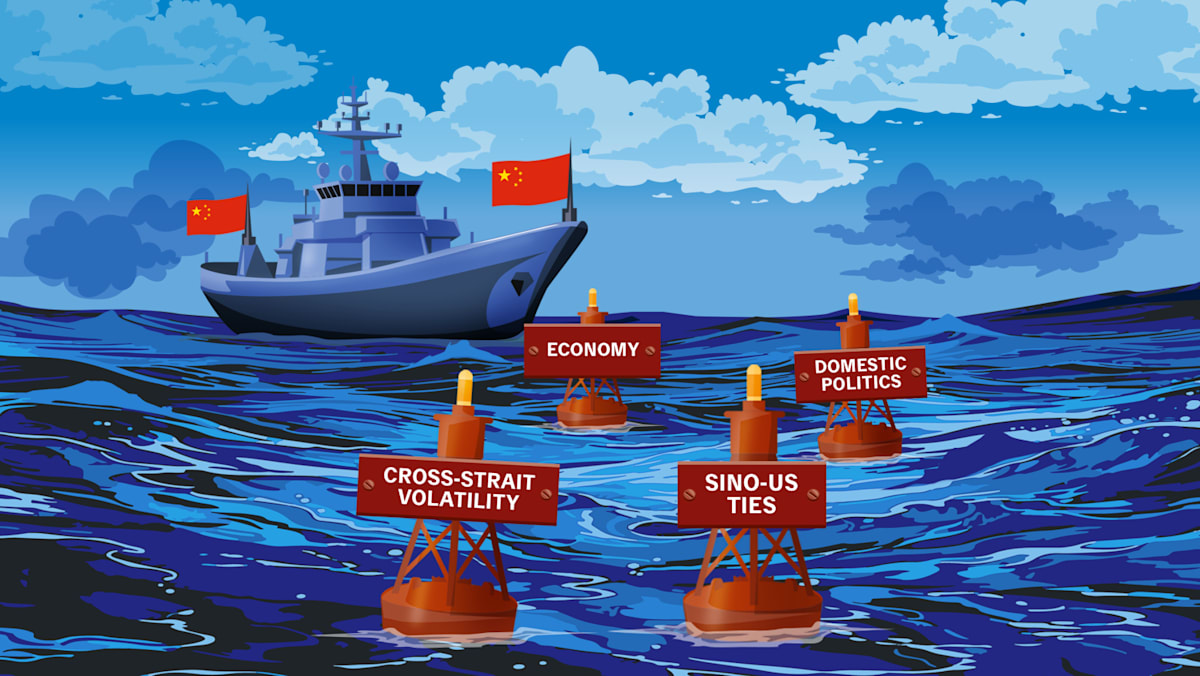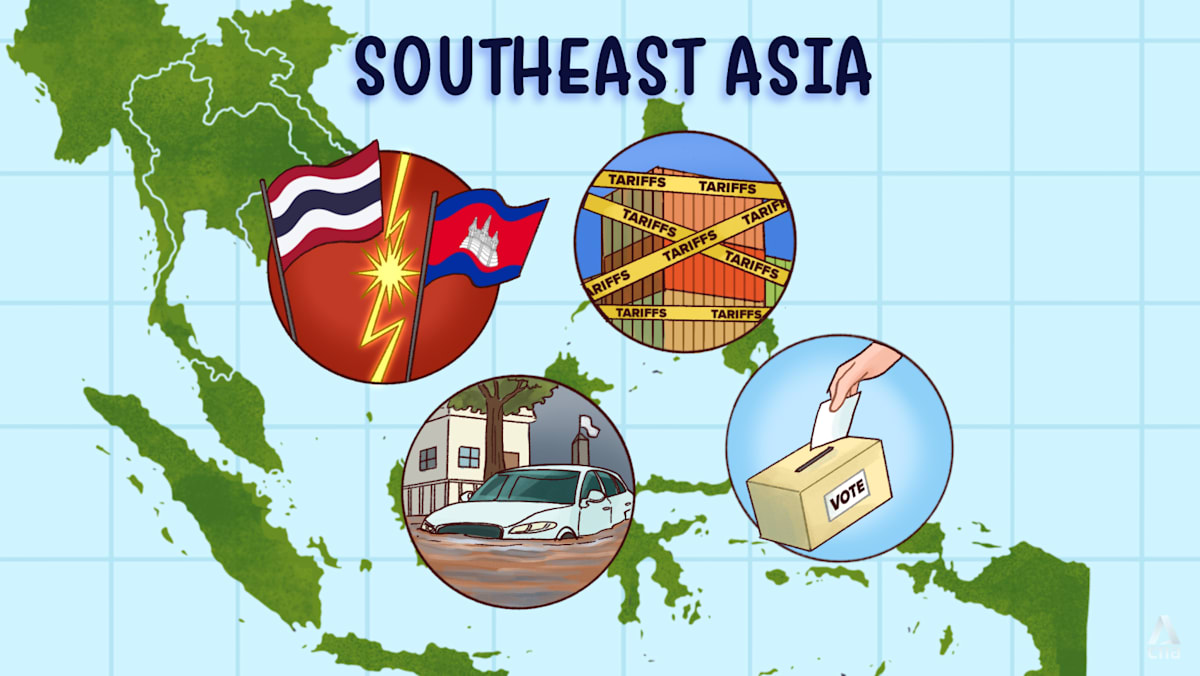‘Special forces-styled travel’? Changing face of mainland Chinese travellers triggers Hong Kong tourism rethink

Even as the evolving profiles of inbound tourists hog the limelight, the travel trends of Hong Kong residents are also raising eyebrows as they turn to mainland China.
Weekends often see an exodus of Hongkongers taking the 15-minute high-speed rail to Shenzhen for hotpot, massages, and shopping at warehouse supermarkets.
In 2023, Hong Kong residents made 53.34 million trips “heading north,” according to immigration data.
A quarter of them spent an average of 1,000 yuan or more per day during their mainland visits, revealed a February survey by the Hong Kong Research Association.
Observers note that this has impacted local Hong Kong businesses, particularly F&B.
Mr Simon Wong Ka-wo, president of the Hong Kong Federation of Restaurants and Related Trades, told local media that around 300 eateries are closing in Hong Kong each month while fewer than 200 are opening.
He attributed this to Hongkongers “spending up north” in mainland China.
Mr Lee from CUHK is among the Hongkongers who cross the border to Shenzhen at least once a week. He noted that food there is priced at half of what it costs in Hong Kong, with better services.
He added that tourist spending has been affected by visitors opting for cheaper hotel options in Shenzhen and commuting to Hong Kong for day trips.
“The government has made significant efforts to attract tourists, but many visitors to the Greater Bay Area prefer low-cost day trips, opting to stay overnight in Shenzhen,” he said.
Assoc Prof Wan pointed out that Hong Kong’s smaller space compared to other Greater Bay Area cities might put it at a disadvantage for indoor facilities during the hotter and typhoon-prone months from May to November.
“We need to think of other solutions for activities that aren’t affected by outdoor weather. In Shenzhen and Zhuhai, they have fewer problems due to their larger spaces … such as building theme parks. It’s harder for Hong Kong, but there are ways to make it work.”
In addition to Shenzhen, Hainan, a southern island province often dubbed “China’s Hawaii”, has eroded Hong Kong’s once-exclusive shopping allure.
In the first quarter of 2024, Hainan’s service trade grew by 29.62 per cent on-year, reaching US$2.03 billion, according to provincial government data.
To bolster Hong Kong’s appeal for duty-free shopping, the central government raised the duty-free threshold for mainland residents aged 18 and older from 5,000 yuan to 12,000 yuan per trip, effective from Jul 1.
Additionally, the limit may increase to 15,000 yuan for purchases made at duty-free stores at border crossings.
Source: CNA















